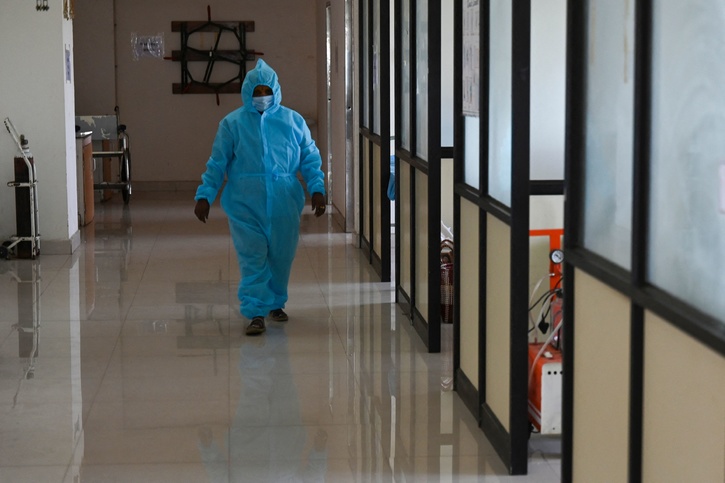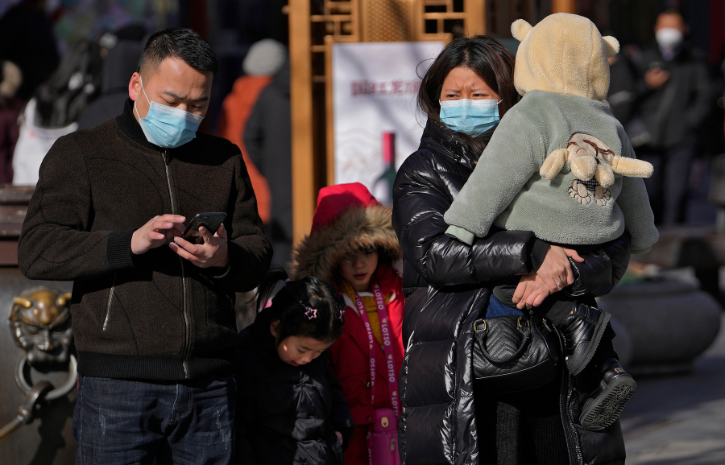China is bracing for a worrying rise in COVID cases, with projections suggesting up to 65 million weekly infections by the end of June. This prediction is especially alarming, considering that China had implemented strict control measures earlier in the pandemic.
However, the recent appearance of the omicron variant, specifically the XBB variant, has contributed to the resurgence of cases.
Notably, about six months ago, China had previously dismantled its extensive COVID response infrastructure, including strict lockdowns, widespread testing, rigorous quarantines, and strict mask mandates.
“People feel differently about this wave,” Qi Zhang, a 30-year-old employee of a financial company in the northern city of Tianjin, expressed his thoughts.
“Last time, everyone was terrified, but now they don’t think it’s a big deal.” she told NBC News.

Respiratory disease specialist Zhong Nanshan revealed the data on the new wave of COVID infections in China at a recent medical conference in Guangzhou.
He claimed that the wave, which began in late April, was expected and his modeling indicated that China could reach around 40 million infections weekly.
By the end of June, the peak of the wave is projected to reach 65 million cases per week.
By comparison, the United States reported more than 5 million weekly cases at its peak in January. China and the US have stopped providing weekly case updates, making it difficult to determine the precise scale of the current outbreak in China.
The US State Department discussed China’s second wave of COVID with allies and partners. However, they did not disclose whether travel restrictions were being considered.
 Unsplash
Unsplash
According to spokesman Matt Miller, the department will continue to monitor the situation in coordination with the Centers for Disease Control and Prevention (CDC) before updating travel guidelines.
“We don’t want to see people anywhere, obviously, suffering from COVID-19,” Miller said Wednesday.
The US government remains committed to working with China “on transnational challenges, including global health issues, and keeping the lines of communication open,” he added.
 AFP
AFP
Multiple subvariants of omicron, including XBB 1.5, XBB.1.16 (also known as “Arcturus”), and XBB.1.9.1, have been detected in the United States since December and account for the majority of current infections.
While the CDC is not actively tracking new cases, hospitalizations and deaths are declining in the country, indicating a level of immunity against the highly transmissible variant.
 AFP/Representative Image
AFP/Representative Image
China experienced a different omicron variant during its initial wave in December and January, leading to a spike in cases, overwhelmed healthcare facilities and social upheaval.
About 80% of China’s population was infected during that wave, but immunity may have waned over time, increasing the risk of reinfection.
At a medical conference, specialist Zhong Nanshan said the Chinese government had given preliminary approval for two vaccines targeting XBB subvariants already circulating in the US.
More vaccine approvals are expected soon.
China’s response to the new wave has been relatively subdued, as it focuses on economic recovery and aims to reassure foreign companies, which may have concerns about the reintroduction of restrictions.
Zhang, an employee in the financial sector, noted that colleagues who recently tested positive for COVID were still choosing to go to work, striking a contrast to the first wave when remote work was more prevalent.
For more trending stories, follow us on Telegram.
Categories: Trending
Source: vtt.edu.vn